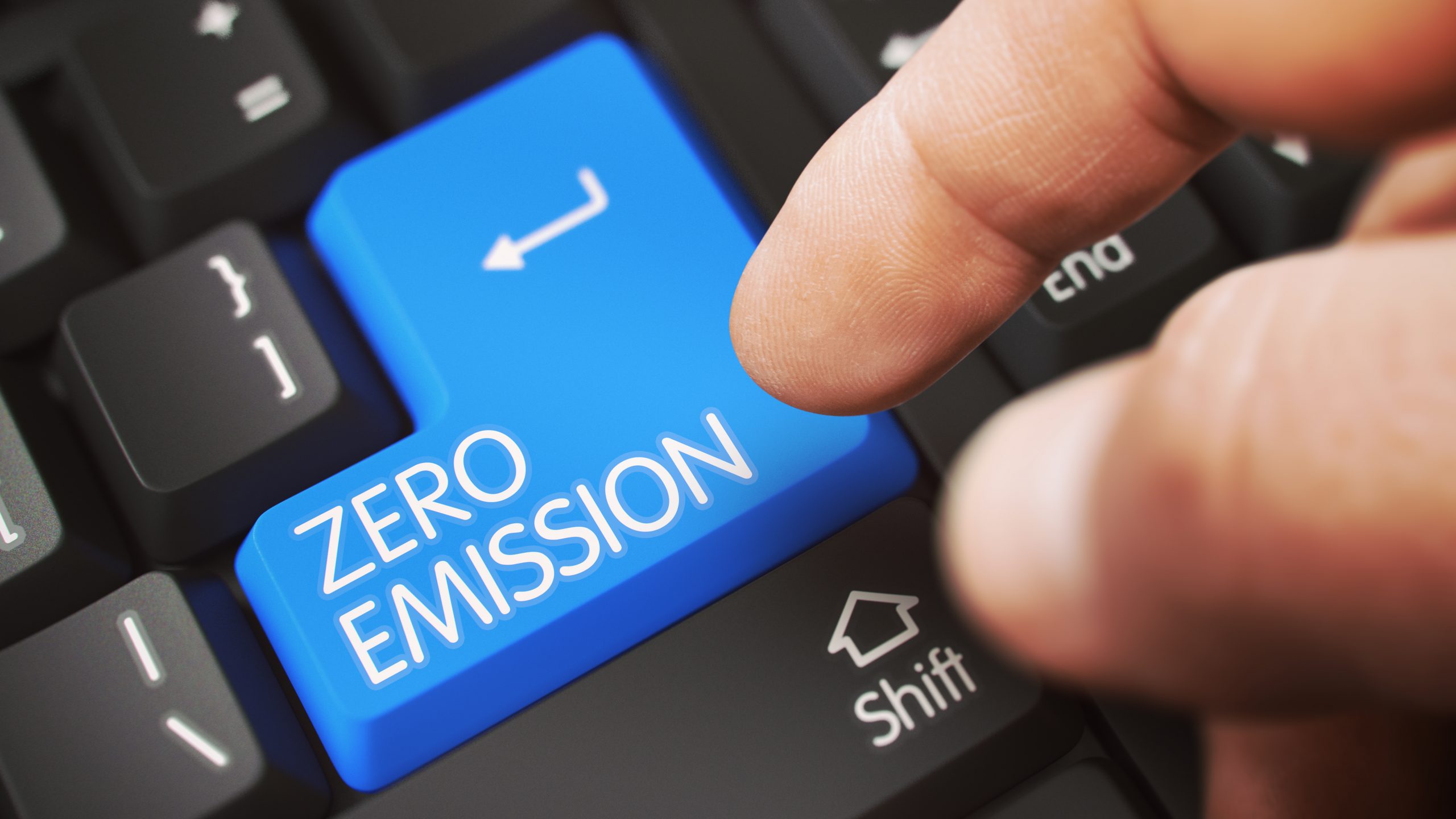To deliver savings in the short term, we will need to maximise the efficiency of traditional aircraft design. Unlike most other transport modes, there are no credible CO2 efficiency standards for aircraft design. It is therefore important that regulators step in with more effective standards, and provide further incentives through higher taxation of the aviation sector.
But this isn’t enough on its own. We will need zero-emissions airplanes if the sector is to decarbonise. This means planes which are powered by clean electricity or hydrogen produced using renewable energy. Development plans and concepts for several zero-emission aircraft have emerged in the past years. With the right measures in place, electric, hybrid-electric and hydrogen planes could start flying in the 2030s, but different technologies require different aircraft sizes, ranges and entry into service year.
However, there are important barriers which should not be underestimated. For example, batteries are much heavier than kerosene, and all new aircraft designs face challenging certification processes to ensure safety. There will also be substantial development costs, including redesigning airports and retraining pilots. Again, cooperation between industry and regulators will be needed to develop such aircraft.
Hydrogen planes could offer a more promising path. Airbus have certainly breathed new life into this debate, with their latest attempt to develop a hydrogen plane model. A study by T&E has shown that hydrogen jets could be cheaper to run than fossil fuel planes from 2035 provided kerosene is taxed adequately. In 2035, running planes on hydrogen could be 8% more expensive than using kerosene. But with a tax on fossil jet fuel and a price on carbon, hydrogen planes could become 2% cheaper to operate than their kerosene counterparts.
Zero-emission aircraft designs will likely take time to be deployed and may be limited to only short and medium-range flights. It is therefore important that an “all of the above” approach is pursued, whereby efficiencies from traditional aircraft are maximised, new fuels are developed, and governments support breakthrough aircraft designs.
